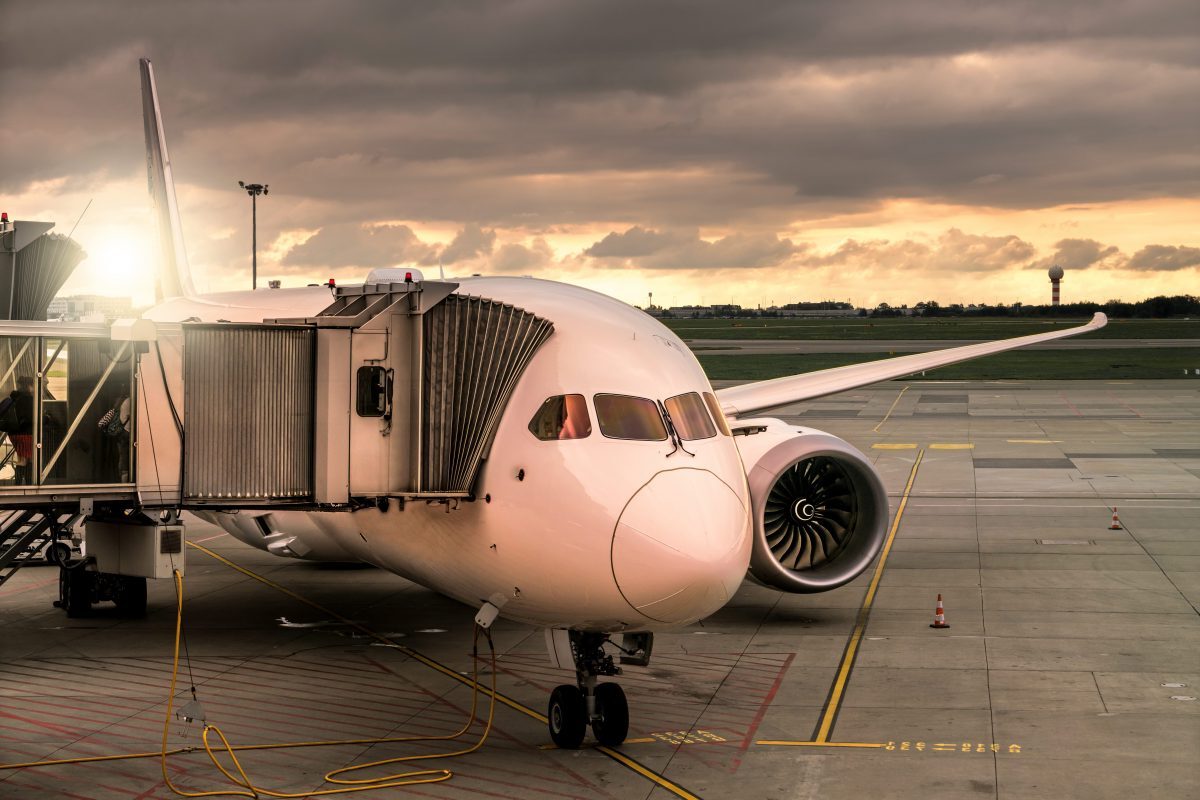
Airline scheduling might seem like a straightforward task, but it's a complex puzzle that requires precision and planning. Why do airlines sometimes change flight schedules? Several factors influence these changes, including weather conditions, maintenance needs, and air traffic control restrictions. Airlines also adjust schedules to optimize routes, reduce costs, and improve efficiency. Understanding the intricacies of airline scheduling can help travelers better navigate their journeys and manage expectations. In this post, we'll delve into 15 fascinating facts about how airlines plan and adjust their schedules, shedding light on the behind-the-scenes efforts that keep the skies safe and flights on time.
Key Takeaways:
- Airline scheduling is a complex process planned months in advance, balancing demand, weather, and crew management. Passengers should appreciate the intricate planning that goes into their travel experiences.
- Weather, air traffic control, and technology all play crucial roles in airline scheduling, impacting passengers' travel experiences. Delays are often unavoidable, and precise timing is essential for connecting flights.
The Complexity of Airline Scheduling
Airline scheduling is a fascinating and intricate process. It involves more than just deciding when planes take off and land. Here are some surprising facts about how airlines manage their schedules.
-
Airline schedules are planned months in advance. Airlines typically start planning their schedules six to twelve months before flights actually take off. This allows them to coordinate with airports, manage crew schedules, and ensure aircraft maintenance.
-
Weather plays a huge role. Weather conditions can significantly impact flight schedules. Airlines must constantly monitor weather forecasts and adjust schedules to avoid delays and cancellations.
-
Air traffic control coordination is crucial. Airlines must work closely with air traffic control to ensure that flights can take off, land, and navigate airspace safely. This coordination helps prevent mid-air collisions and manage congestion.
Balancing Demand and Capacity
Matching the number of flights with passenger demand is a delicate balancing act. Airlines use various strategies to achieve this.
-
Historical data analysis helps predict demand. Airlines analyze past travel data to forecast future demand. This helps them decide how many flights to schedule and which routes to prioritize.
-
Dynamic pricing influences demand. Airlines adjust ticket prices based on demand. Higher prices during peak times can help manage demand and maximize revenue.
-
Seasonal adjustments are common. Airlines often change their schedules based on seasonal travel patterns. For example, they might add more flights to popular vacation destinations during the summer.
Crew and Aircraft Management
Managing crews and aircraft is another critical aspect of airline scheduling. Ensuring that the right people and planes are in the right place at the right time is no small feat.
-
Crew scheduling is highly regulated. Regulations limit how many hours pilots and flight attendants can work. Airlines must carefully schedule crews to comply with these rules and avoid fatigue.
-
Aircraft maintenance must be planned. Regular maintenance is essential for safety. Airlines schedule maintenance checks to minimize disruptions and keep planes in top condition.
-
Aircraft rotation is complex. Airlines often rotate aircraft between different routes to optimize usage and maintenance. This requires careful planning to ensure that planes are where they need to be.
The Role of Technology
Technology plays a significant role in modern airline scheduling. Advanced software and systems help airlines manage the complexities of their operations.
-
Scheduling software is essential. Airlines use sophisticated software to plan and manage their schedules. These systems can handle vast amounts of data and make complex calculations quickly.
-
Real-time updates improve efficiency. Modern technology allows airlines to update schedules in real-time. This helps them respond quickly to changes and minimize disruptions.
-
Data analytics enhance decision-making. Airlines use data analytics to make informed decisions about their schedules. This includes analyzing passenger behavior, weather patterns, and other factors.
The Impact on Passengers
Airline scheduling directly affects passengers' travel experiences. Understanding how schedules are created can help travelers appreciate the complexities involved.
-
Flight delays are often unavoidable. Despite careful planning, delays can still happen due to factors like weather, technical issues, or air traffic control restrictions.
-
Connecting flights require precise timing. Airlines must coordinate schedules to ensure that passengers can make their connecting flights. This involves careful planning and communication.
-
Customer feedback influences schedules. Airlines often adjust their schedules based on passenger feedback. If a particular flight time is unpopular, they might change it to better meet travelers' needs.
Final Thoughts on Airline Scheduling
Airline scheduling is a complex puzzle. It involves juggling numerous factors like weather, crew availability, and aircraft maintenance. These schedules ensure flights run smoothly and passengers reach their destinations on time. Understanding the intricacies behind it can make us appreciate the effort that goes into every flight we take. From optimizing routes to dealing with unexpected delays, airlines work tirelessly to keep everything on track. Next time you're on a flight, remember the countless hours of planning and coordination that made it possible. This behind-the-scenes work is crucial for the aviation industry, ensuring safety and efficiency. So, the next time you board a plane, take a moment to think about the meticulous planning that got you there. It’s a fascinating world that keeps us all connected, one flight at a time.
Frequently Asked Questions
Was this page helpful?
Our commitment to delivering trustworthy and engaging content is at the heart of what we do. Each fact on our site is contributed by real users like you, bringing a wealth of diverse insights and information. To ensure the highest standards of accuracy and reliability, our dedicated editors meticulously review each submission. This process guarantees that the facts we share are not only fascinating but also credible. Trust in our commitment to quality and authenticity as you explore and learn with us.


